Rare And True Facts About Daniel Boone That They Don’t Teach In History Class
Along with figures like Davy Crockett, Daniel Boone is one of the figures who emerged during America’s formative years to become a larger-than-life folk hero.
While it can be difficult to separate myth from fact, historical records tell us that Daniel Boone did in fact play a pivotal role in early American history, and is credited with helping to tame the wild frontier.
He was born in Pennsylvania, but Kentucky made him a legend.
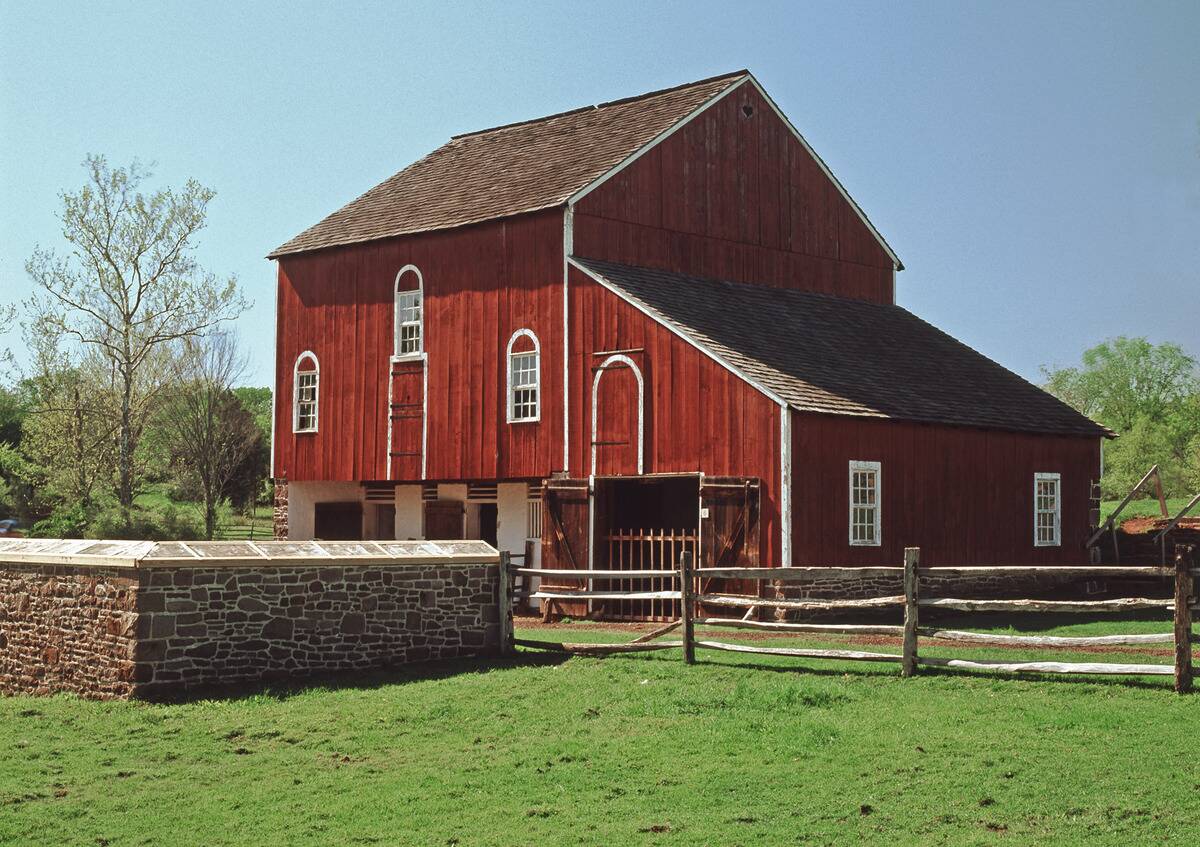
Boone was born on November 2, 1734, northwest of Philadelphia, but at the age of 15, after a disagreement with local Quakers, he and his family left the region — first settling in Virginia, and then North Carolina.
The young Boone was a wanderer at heart, and in his early 20s, was convinced to travel to the Kentucky frontier after hearing about the hunting opportunities that could be found there.
He was a married man.
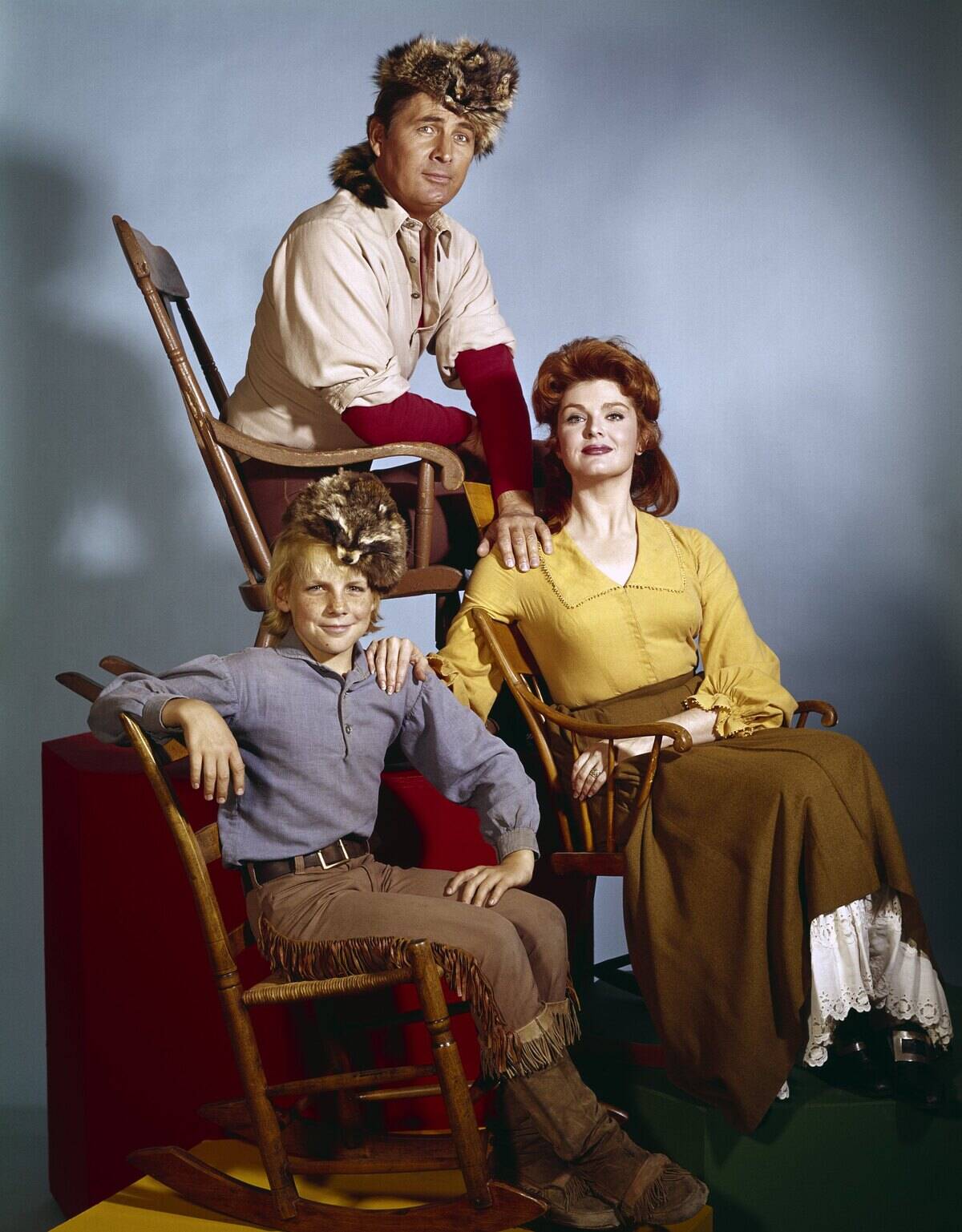
The popular image of Daniel Boone is that of an explorer and frontiersman, and although he was away from home for long stretches of time, the historical record shows us that he was a family man.
He married Rebecca Bryan in 1756 when he was 21 years old, and the couple remained married for more than half a century until her death in 1813. The union produced ten children, several of whom became somewhat famous in their own right.
His first settling expedition ended in disaster.
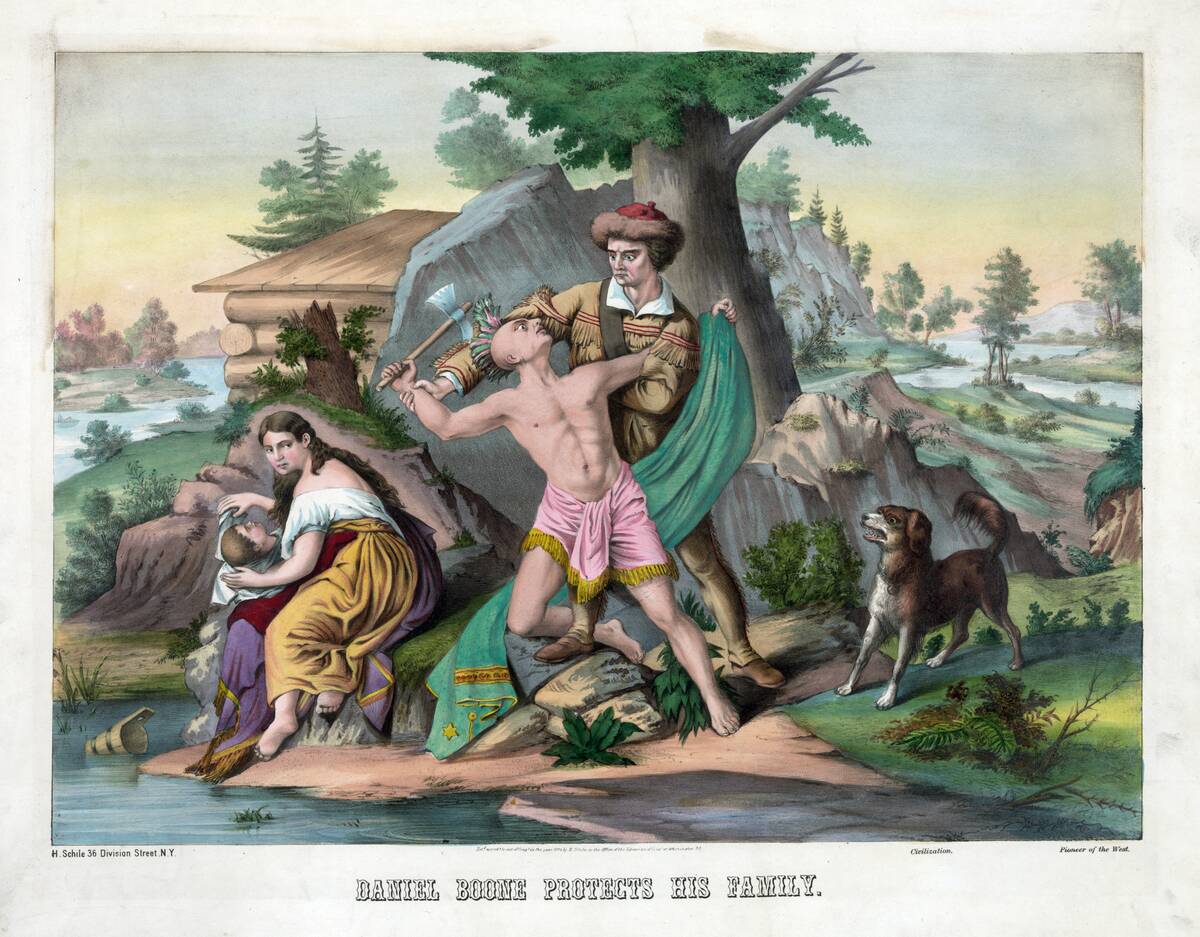
Boone spent two years hunting and exploring the Kentucky wilderness, finally returning home to his family in 1771. Two years after that, he led an expedition of settlers to settle Kentucky.
This group of settlers ran into tragedy on the way, as they were ambushed en route by warriors from the Delaware, Shawnee, and Cherokee tribes. This attack killed several in the party, including Boone’s oldest son. Disheartened, Boone chose to give up the expedition and return home.
In 1775, he founded Transylvania.
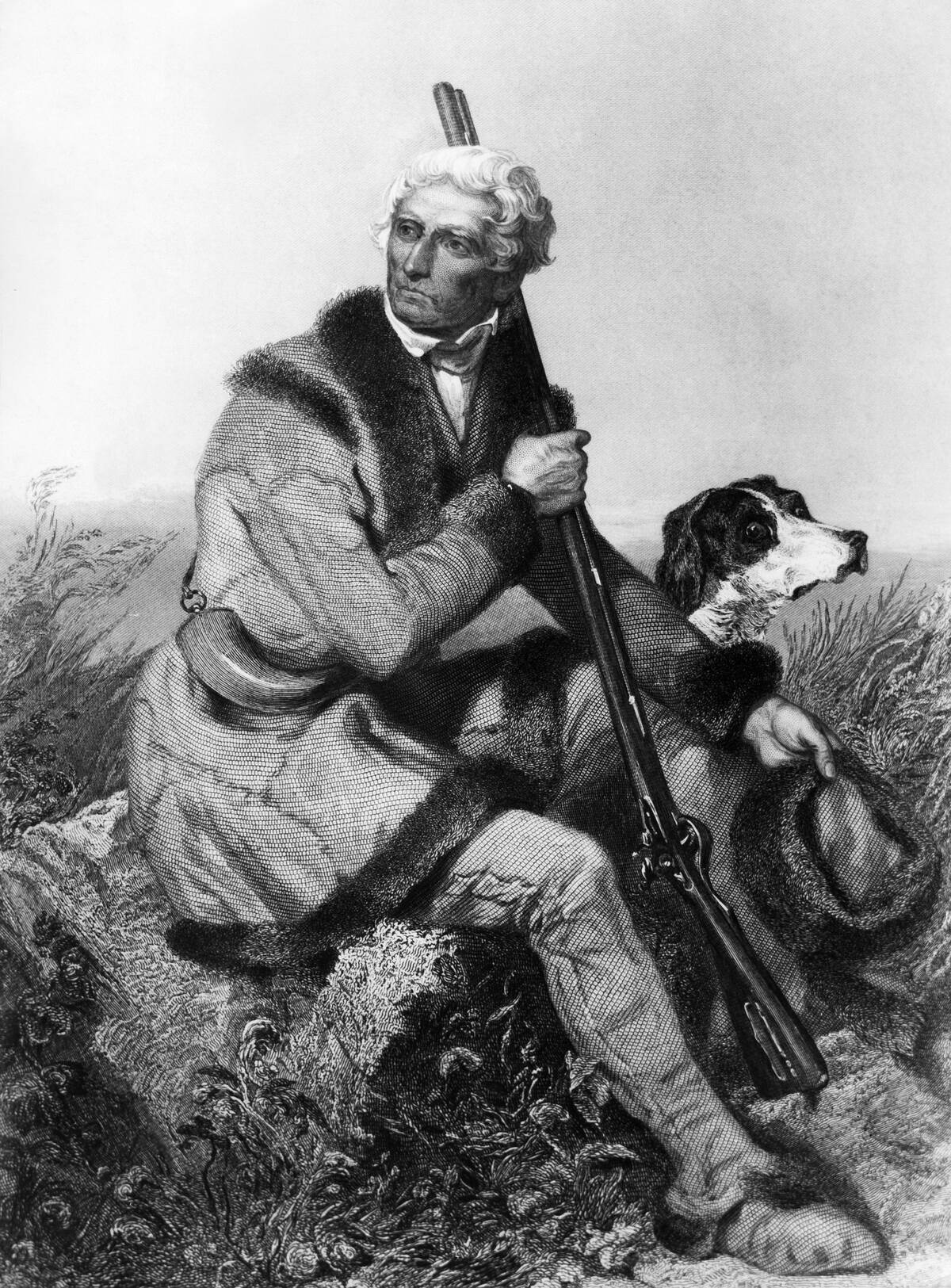
Boone didn’t found the Transylvania region of Romania, of course, but he did lead a 1775 expedition to blaze a permanent trail to Kentucky and found a colony called Transylvania.
Boone and his fellow explorers struck a deal with local Cherokees for the land, and founded Transylvania — a region that encompasses much of present-day Kentucky and parts of Tennessee.
Transylvania didn’t last long, but his road did.
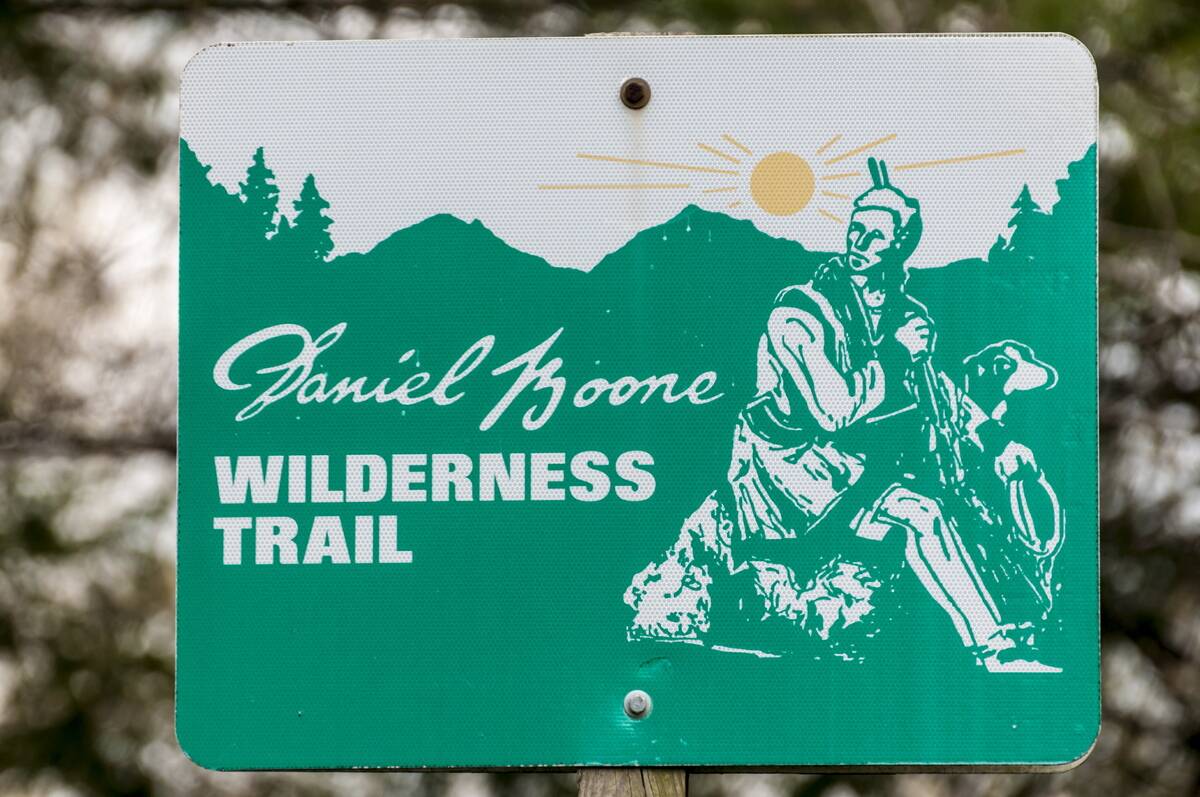
The formal existence of Transylvania didn’t last for long. Just a few years after its founding (along with its capital, known as Boonesborough), the Virginia General Assembly declared that the deal struck between Boone’s party and the Cherokee was null and void.
Still, the Wilderness Trail — blazed by Boone to get to Transylvania — became a gateway for an estimated 200,000 settlers who moved to the western frontier, making it a kind of Oregon Trail of its time. It’s along the Wilderness Trail that Abraham Lincoln’s grandfather moved west.
The Last of the Mohicans deals with a Boone story.
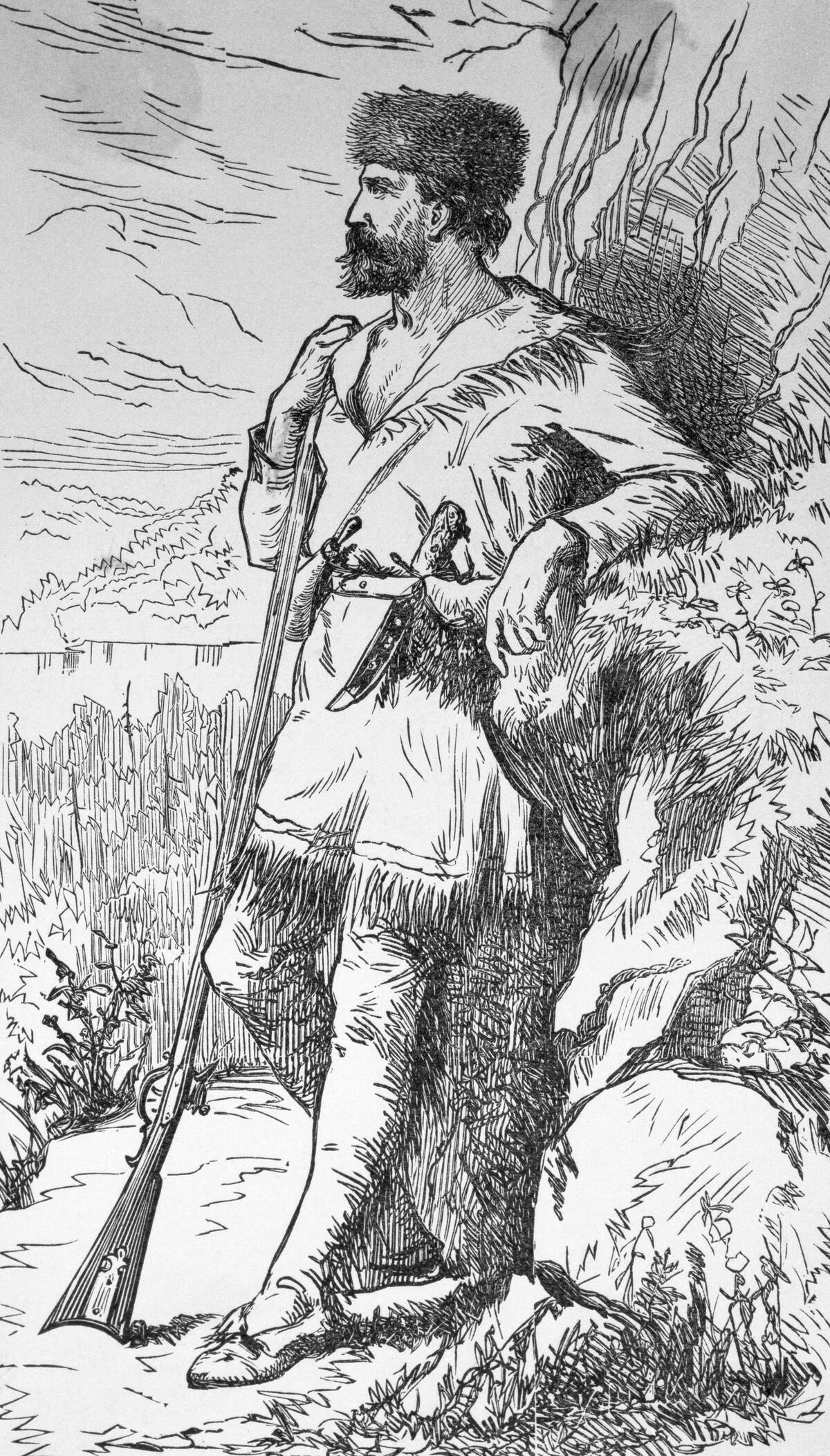
In 1776, three Kentucky women — including Boone’s daughter Jemima — were kidnapped by local tribesmen. Boone and others were quick to carry out a rescue expedition to save the women.
The mission was successful, as the rescue party saved all three women. The daring events would be dramatized half a century later by author James Fenimore Cooper in his epic novel The Last of the Mohicans.
He was captured, but escaped.
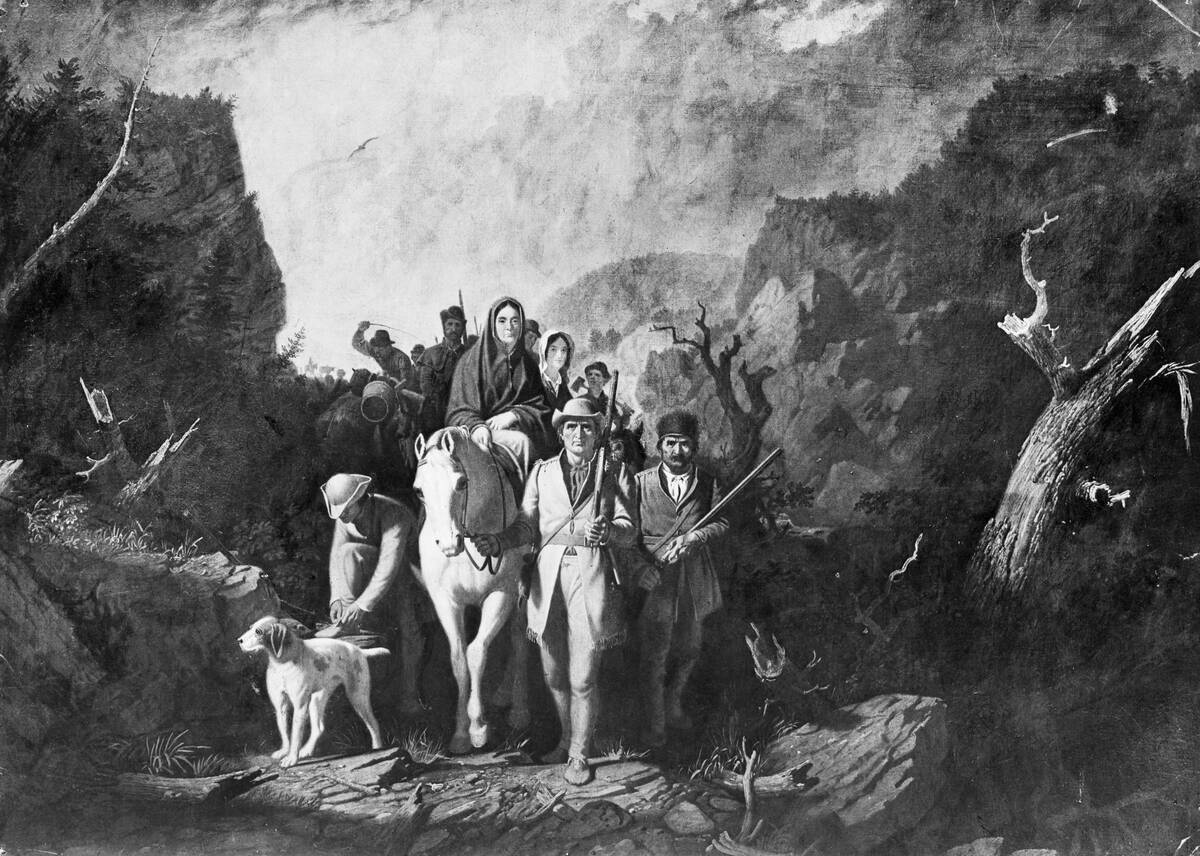
In 1778, Boone was captured by a group of Shawnee in Kentucky. Recognizing his stature, Chief Blackfish tried to adopt Boone to replace one of his deceased sons. Boone was given the name Sheltowee, which means “Big Turtle.”
All accounts suggest that Boone was treated fairly well during his months in Kentucky, and may have even taken a Shawnee wife. Later in 1778, he was able to escape and return to Boonesborough to warn his fellow settlers. Eventually, the residents of Boonesborough were attacked by the same Shawnee who captured Boone, but were able to defend their position.
He became a folk hero in his own lifetime.
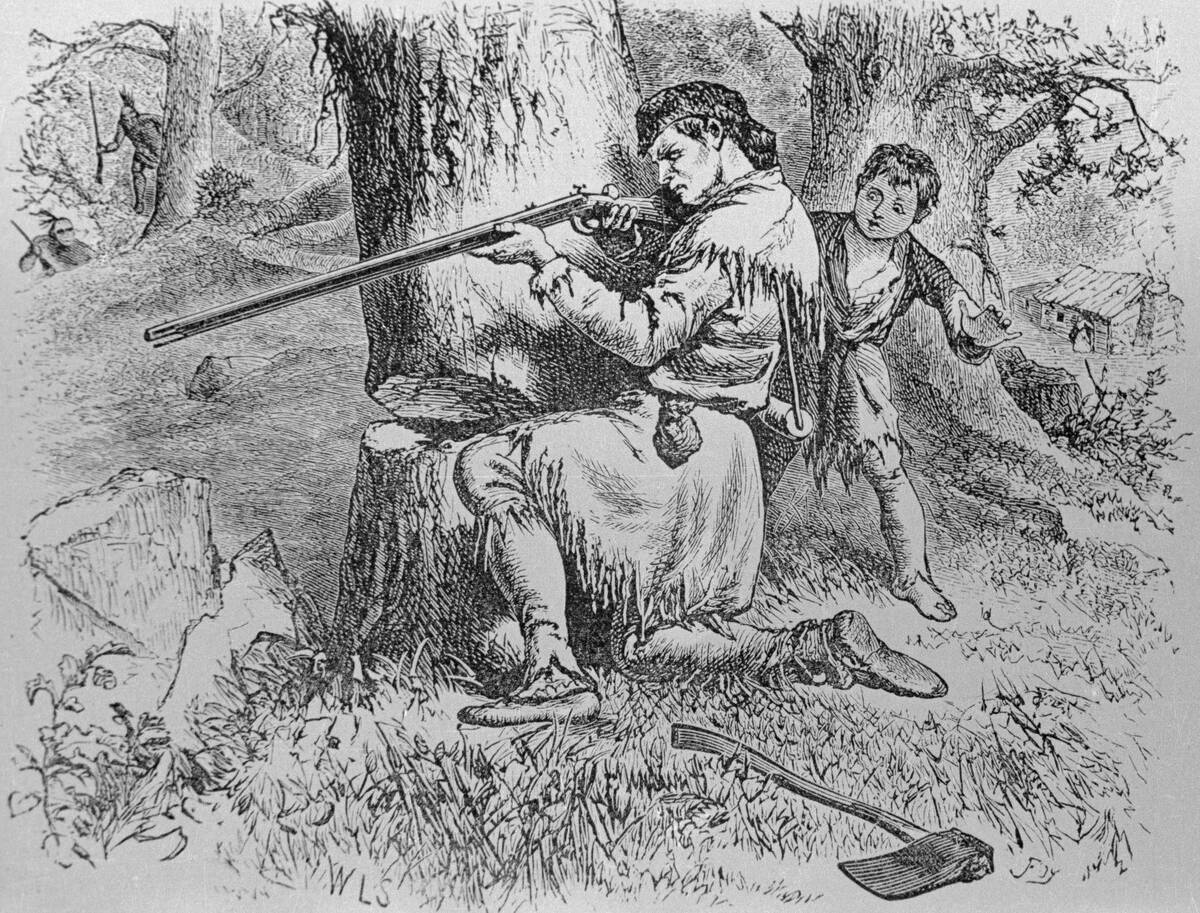
Many of America’s folk heroes only achieved immortality in death, but Boone was legendary during his lifetime. Much of this is thanks to the 1784 book The Discovery, Settlement, and Present State of Kentucke, which prominently featured tales of Boone’s exploits.
Like many works of the time, some of the stories were embellished (the book was written, after all, to bring settlers to the region). After Boone’s 1820 death, several more books were written about the frontiersman.
He wasn’t much of an investor.
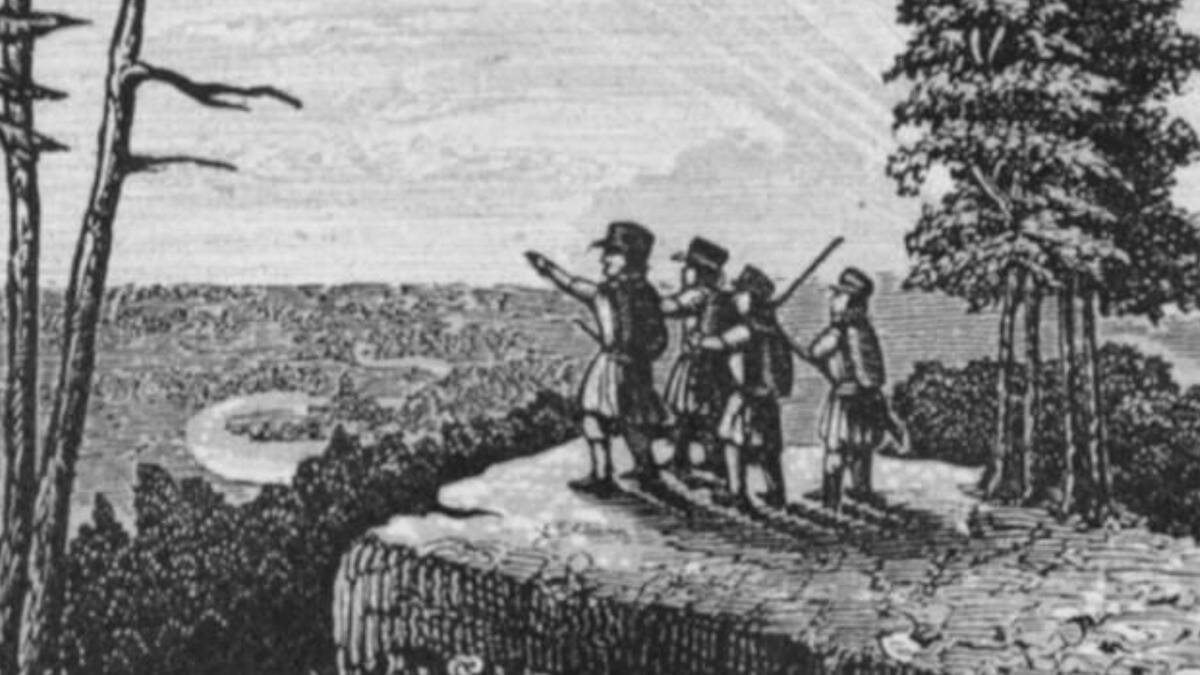
After helping thousands of people settle the wild frontier, it would stand to reason that Boone had a decent chunk of Kentucky property of his own — but it seems that he was unlucky in real estate.
While Boone made some real estate investments and engaged in land speculation, he could never strike it big. Whether he was getting taken advantage of, failing to file paperwork, or making claims he didn’t have a right to, Boone was frequently in debt.
Eventually, he left the country.
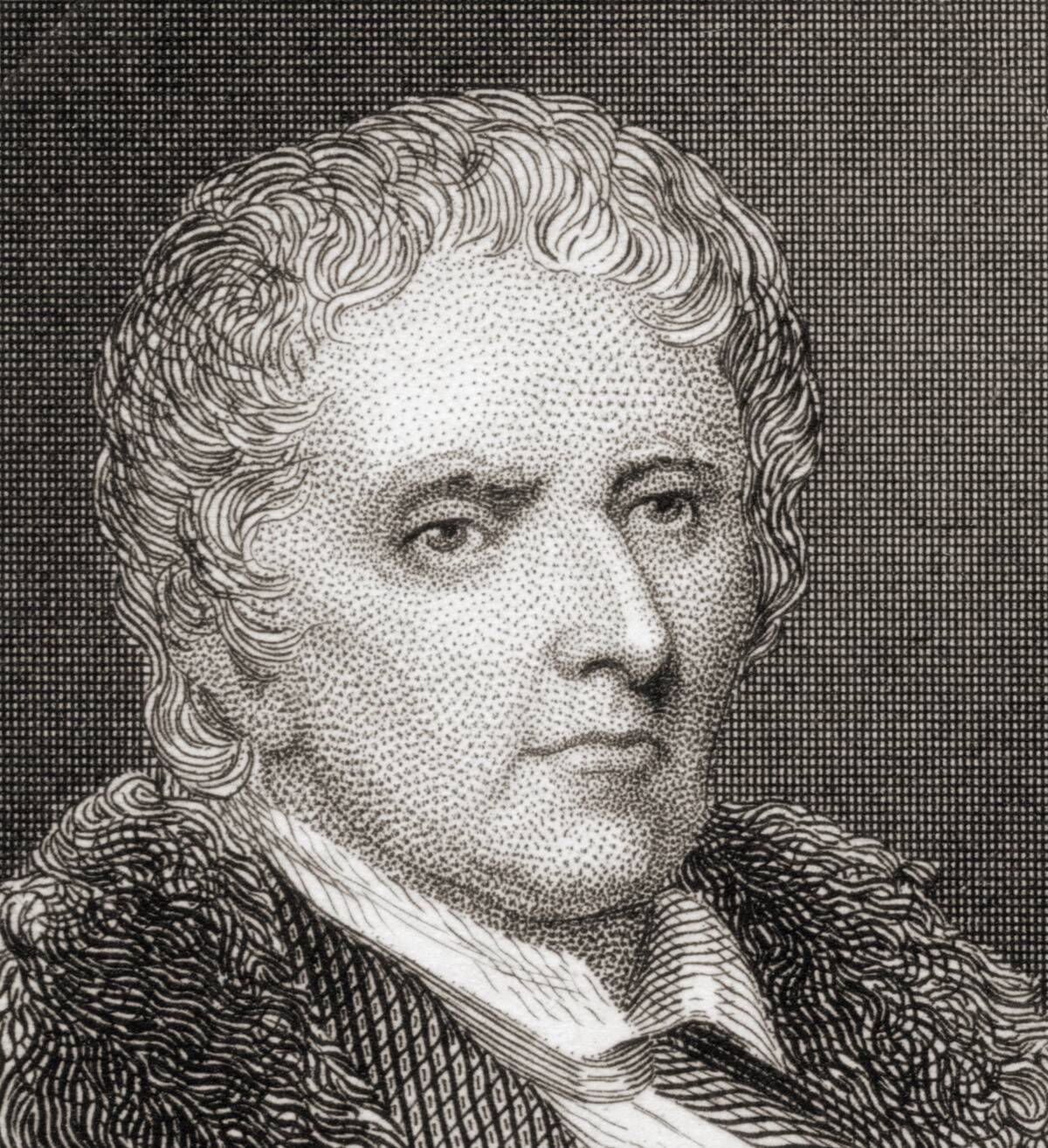
No doubt disappointed by his real estate failures, Boone left Kentucky in the 1790s and eventually left the United States altogether in 1799.
This doesn’t mean he went overseas, though — he just went to present-day Missouri, which at the time was under Spanish control and was known as Upper Louisiana. In 1800, the territory became French, and in 1803, it became American thanks to the Louisiana Purchase. Boone, forever unlucky, lost his Missouri land claims because he hadn’t filed the proper paperwork.
He didn’t wear coonskin caps.
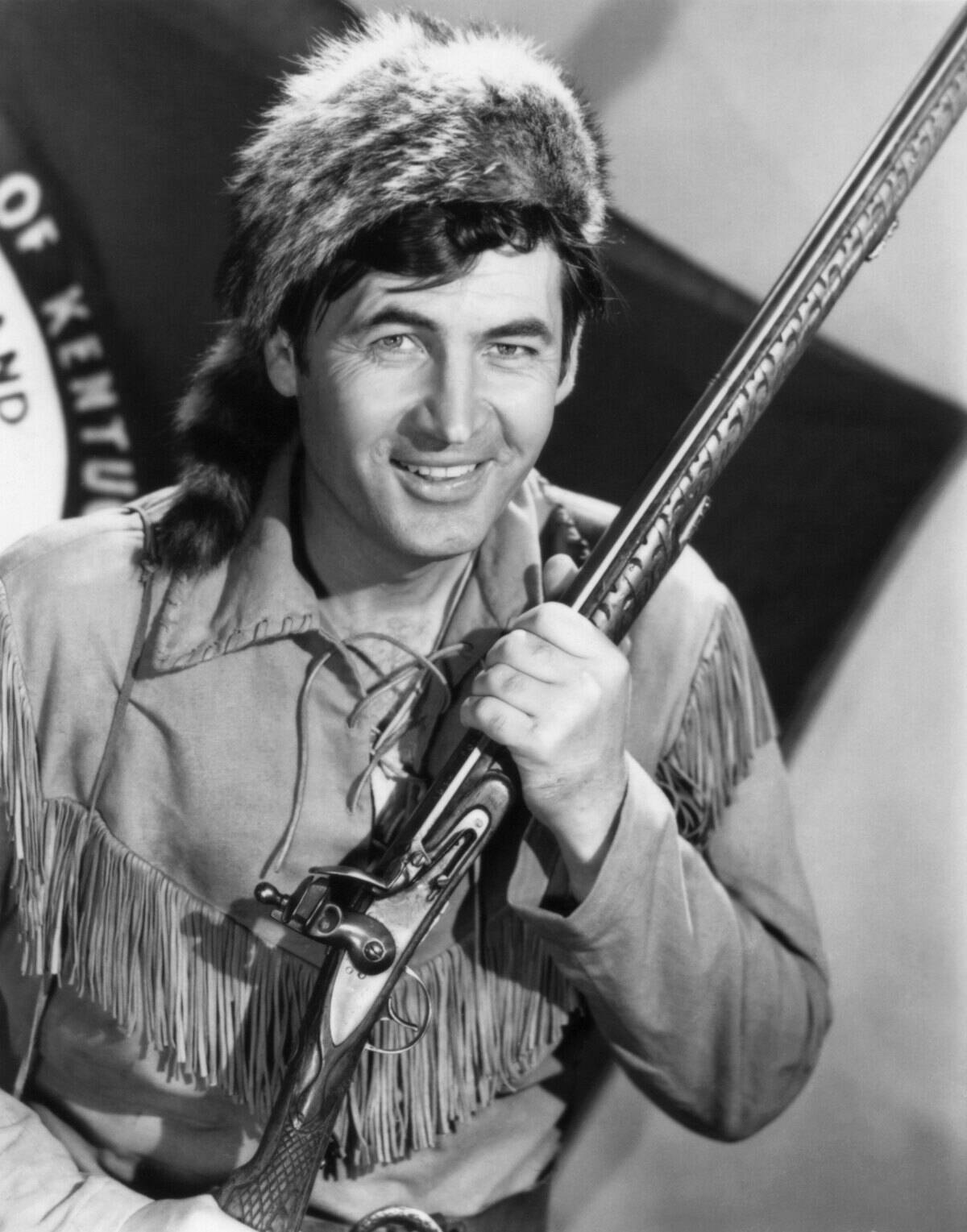
Boone is often lumped in with Davy Crockett, another legend of the American frontier who came along later. Popular depictions often show both men wearing coonskin hats (made from the fur of a raccoon), but in reality, neither man favored this type of headpiece.
This depiction comes from an 1820 portrait of Boone, which depicted him holding a beaver hat. Later on, years after his death, an actor portraying Boone was unable to find a beaver hat. He replaced it with a coonskin hat, and the legend was born.
He fought at the tail end of the American Revolution.
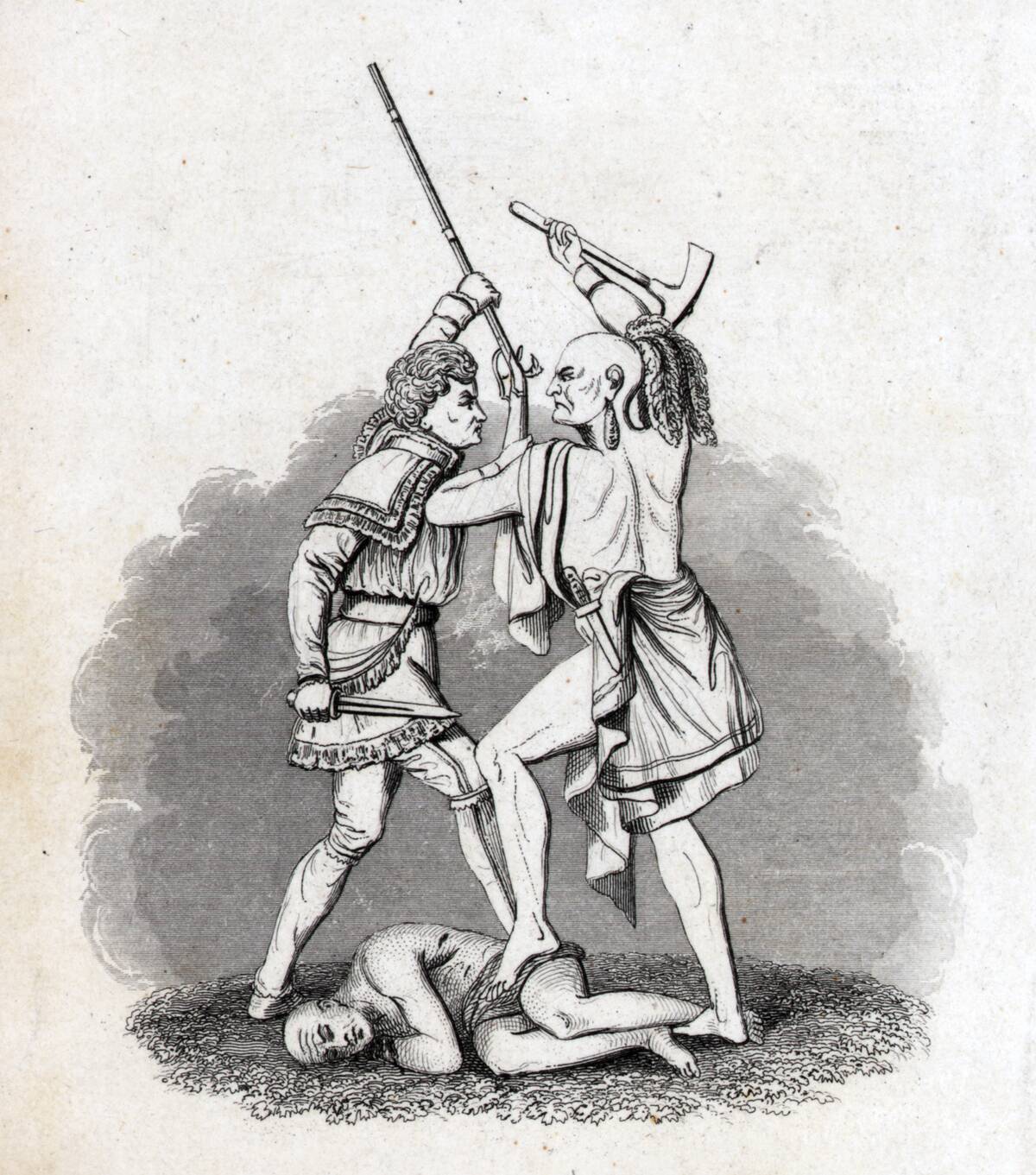
The most famous events of the Revolutionary War took place far to the east of Kentucky, but Boone earned a promotion to lieutenant colonel in the Fayette County militia in 1780.
He went on to fight in the Battle of Piqua against the Shawnee, as part of the invasion of Ohio country. In 1782, he also fought in the Battle of Blue Licks in Kentucky, an engagement that went so poorly that he was lucky to escape with his life.
He was (briefly) thought to be dead.
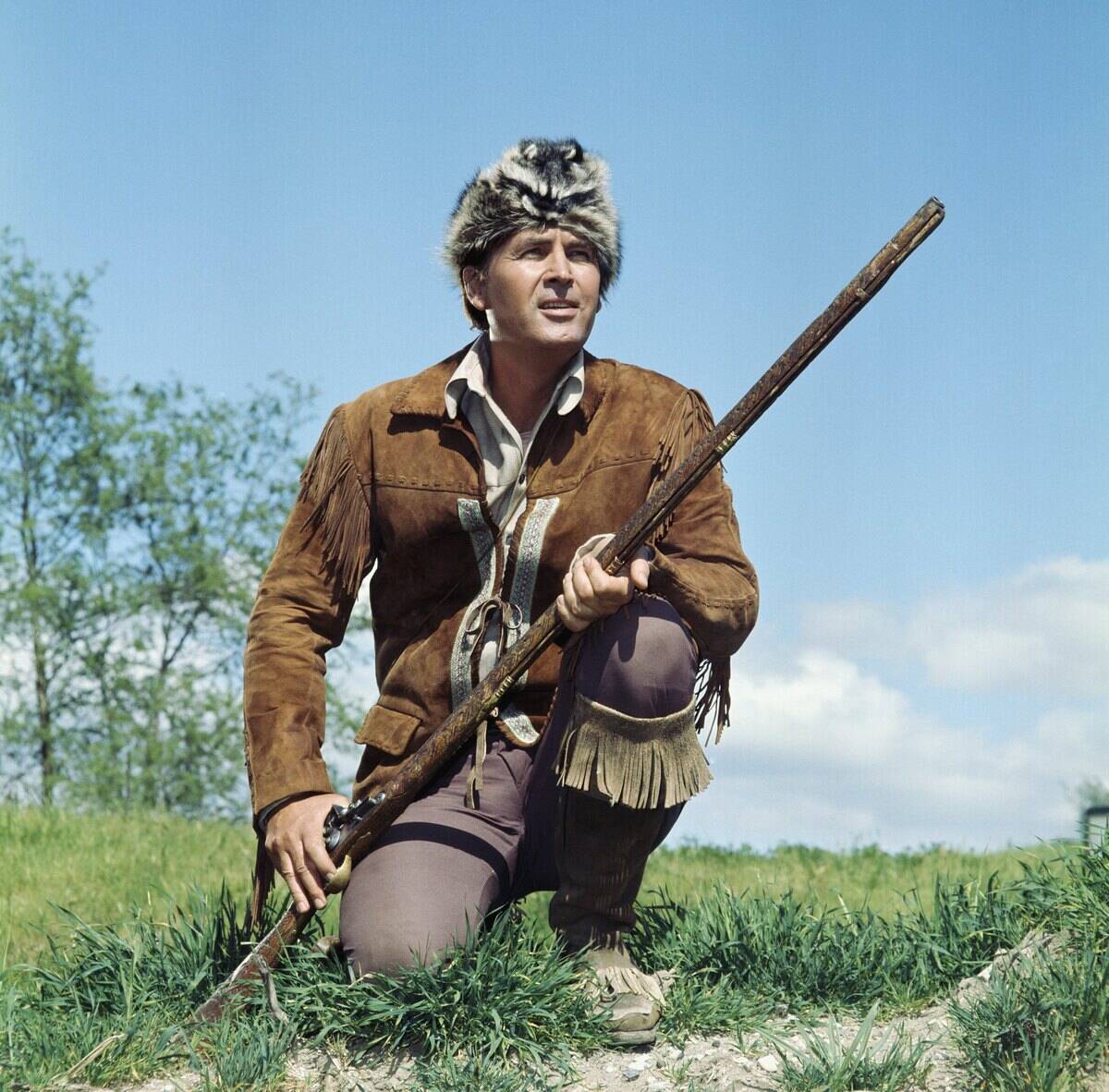
As he returned home from the Battle of Piqua in 1780 with his brother Ned, Shawnee warriors attacked the brothers. Ned was shot and killed, and subsequently beheaded.
Because Ned shared a physical resemblance with Daniel Boone, the Shawnee believed they’d killed the more famous Boone brother and kept his head as evidence. Of course, it didn’t take Daniel Boone long to return to Kentucky and set the record straight.
Lord Byron immortalized him.

Boone was already a legendary figure in the United States at the time of his death, but in the early 1820s — shortly after his death — British poet Lord Byron gave Boone international notoriety.
In Byron’s satirical narrative, Don Juan, a full seven stanzas are dedicated to Boone’s exploits. This helped make him a notable figure on both sides of the Atlantic.
He might not have been buried in the right grave.
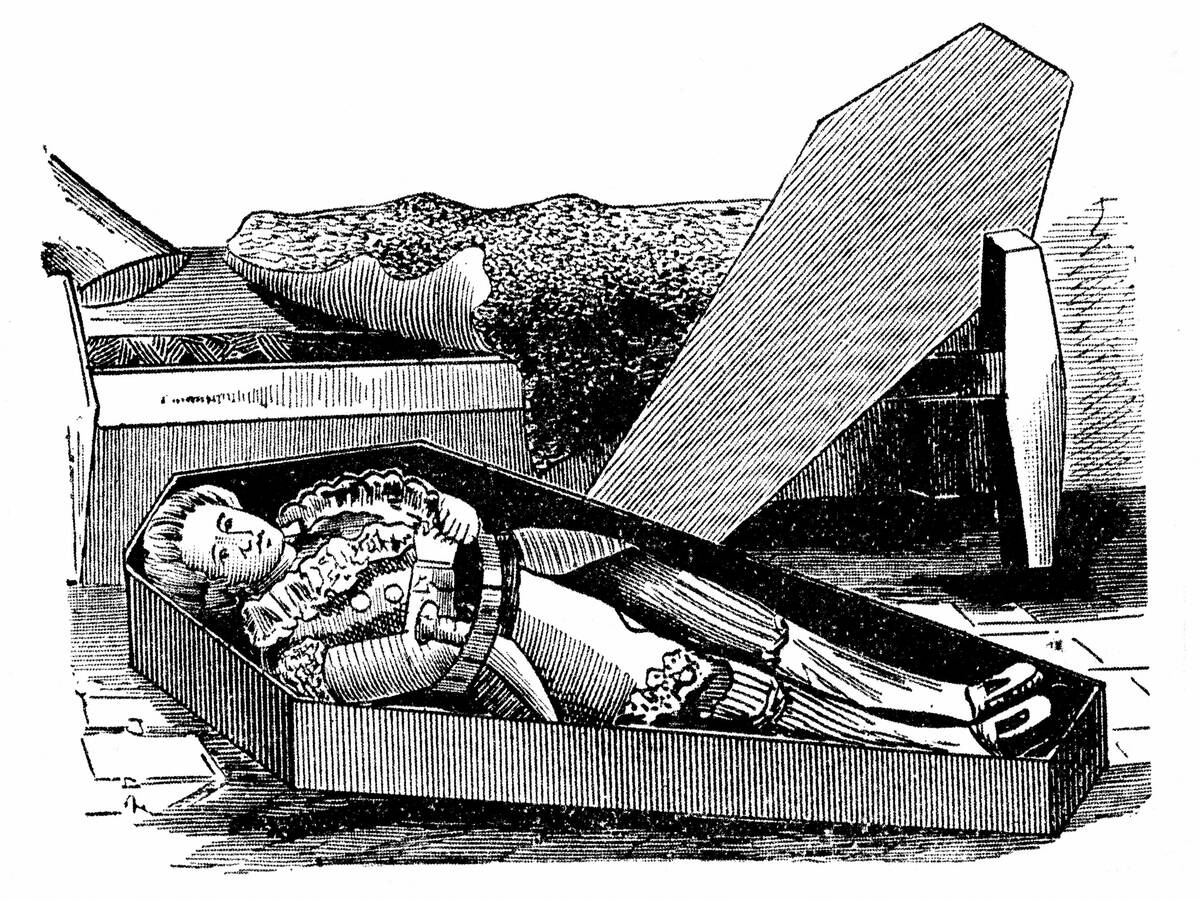
Daniel Boone lived a long life, dying at the age of 85 in modern-day Defiance, Missouri. He was laid to rest near Marthasville, Missouri, next to his wife.
In 1845, 20 years after his death, the Boones were dug up to be reinterred in Kentucky — but rumors persisted that his original grave had been poorly marked, and his actual remains had not been found. In 1983, the Kentucky grave was dug up, and the remains were tested by forensics experts, who were unable to make any scientific conclusions.



